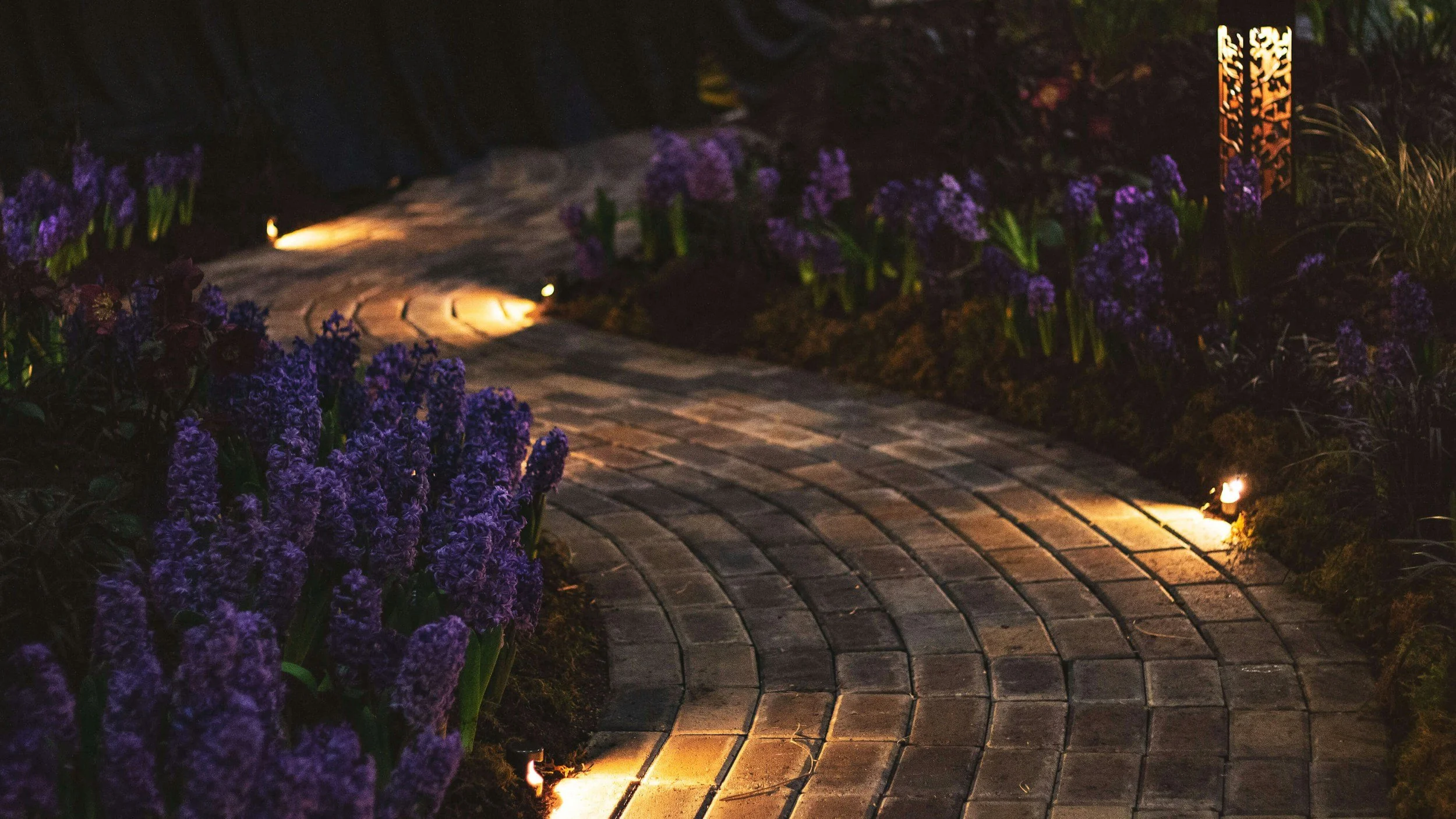Some helpful tips to keep your pets safe when outdoors.
Dogs, cats, rabbits, and other animals that we tend to keep both inside the homes and outside get into so much mischief that we try to protect them from the hazards that lurk in every direction. Inside you have cords, heavy objects, and small choking objects that can harm your pets. Outside it is a totally different subject, anything from the grass to the chemicals you use on your lawn can have a great or severe impact on your pets. Even during the different seasons depending on where you live can have a great impact on how you prepare your animals to be inside or outside the home.
Fertilizers and pesticides contain many different types of chemicals that can be inhaled or absorbed through their skins so be sure to read and research before any type of purchase is made. If you must use these products, be sure to keep your pets inside and give the chemicals enough time to be absorbed or dry so that way your animals can’t have any contact with them. If they do happen to absorb these chemicals they will show signs of vomiting, diarrhea, or foaming at the mouth then immediately take them to the animal hospital. A few favorite and common garden plants to avoid are azaleas, daffodils, daisies, elephant ears, hollies, hydrangeas, peonies, tulips, and anything in the lily family.
Check the yard for any chewing hazards like wild mushrooms, mulch, tools, and other debris. While pollen, dust, and mold spores are the most common allergy culprits, check with your nearest vet to see what local plants you should keep an eye out for and check the label on your fertilizers to ensure they are pet safe. Additionally, keeping your lawn well-trimmed and clean will help reduce the allergy potential for your pet. Ground cover plants like thyme and clover are safe for dogs and make excellent additions to an animal friendly yard. During the fall be sure to keep leaves at bay to diminish the possibility of pests or mold to thrive. Piles of leaves can attract insects like fleas and ticks, leading to potential bites or allergic reactions.
Most homes already have lights on their back porch for those late-night grills or just enjoying the weather in your favorite chair. Sufficient lighting in your backyard is crucial for your animal’s safety, especially during that time of the year when the days start to get shorter during the fall. Installing motion-activated lights can deter unfamiliar animals from approaching your yard, enhancing your animal’s safety by reducing the risk of encounters with aggressive animals.




